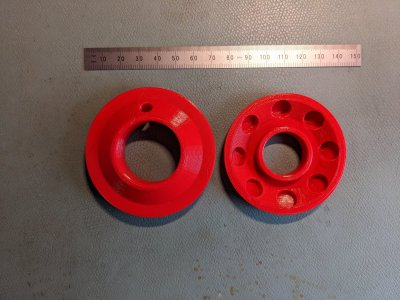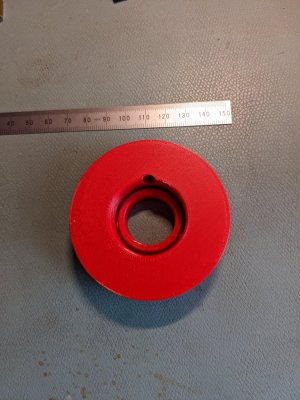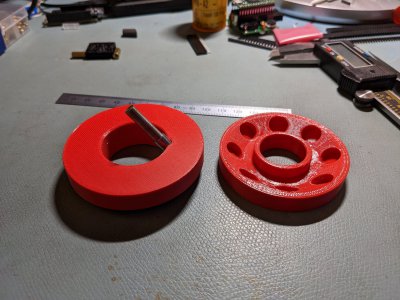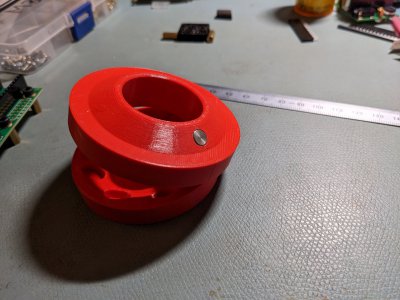Oh dear!

If the little chip was taken to it's max and beyond, would you maybe expect it took some damage and should be replaced.
I am confused about how much of the noise you see is quantization noise, and why you have only 500mV signal. That said, as much as 500mV would be a fully expected good return that you would want to measure amplitude to high resolution. That would be about 16,000 in a 16-bit counter, but I don't know how many effective bits you have right now. I think the 16-bit ADC board would be much more than "interesting". I think perhaps you under-state things. Probably, you can hardly wait for the package to arrive!

The signal conditioner provides a x1.001 gain buffer, and then a (1+9) = 10x in U1. Then another (1+9) = 10x in U2. The other U2 output is not used. Thus, the board has gain about x100 already. Going back into the Pocket Geiger, before the TIA, there is another x100.
So far, it's 80dBV, before we take in the gain of the TIA stage.
Taken at face value, as published, the 66MΩ, for a current input amplifier has gain 66 million. Total gain now 6.6e+11
A full sized maxed out 2V at the ADC would have been made from a current of 3pA !
At this point, I run out of ways to think about it, because that little current is not what I would equate to a "maximum".





